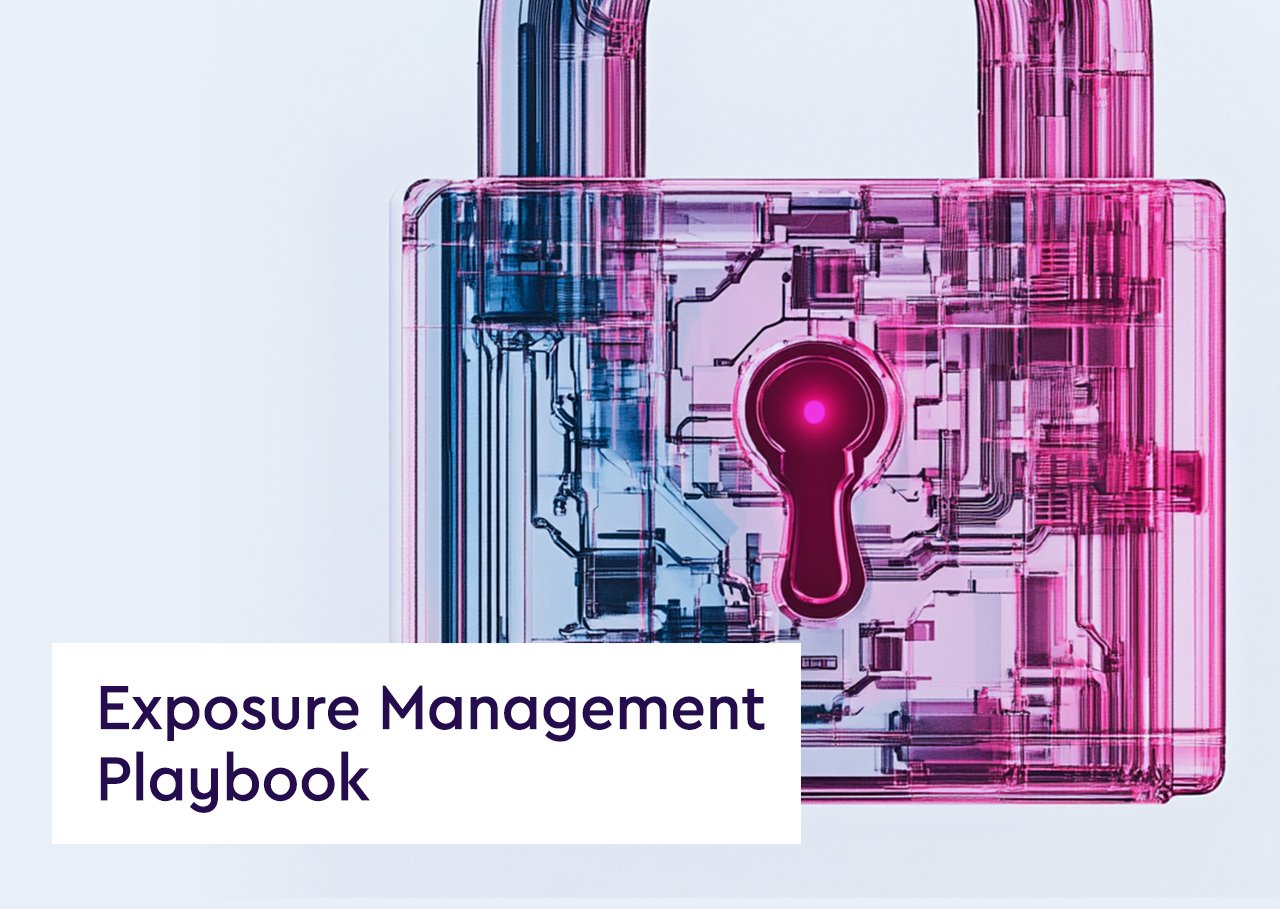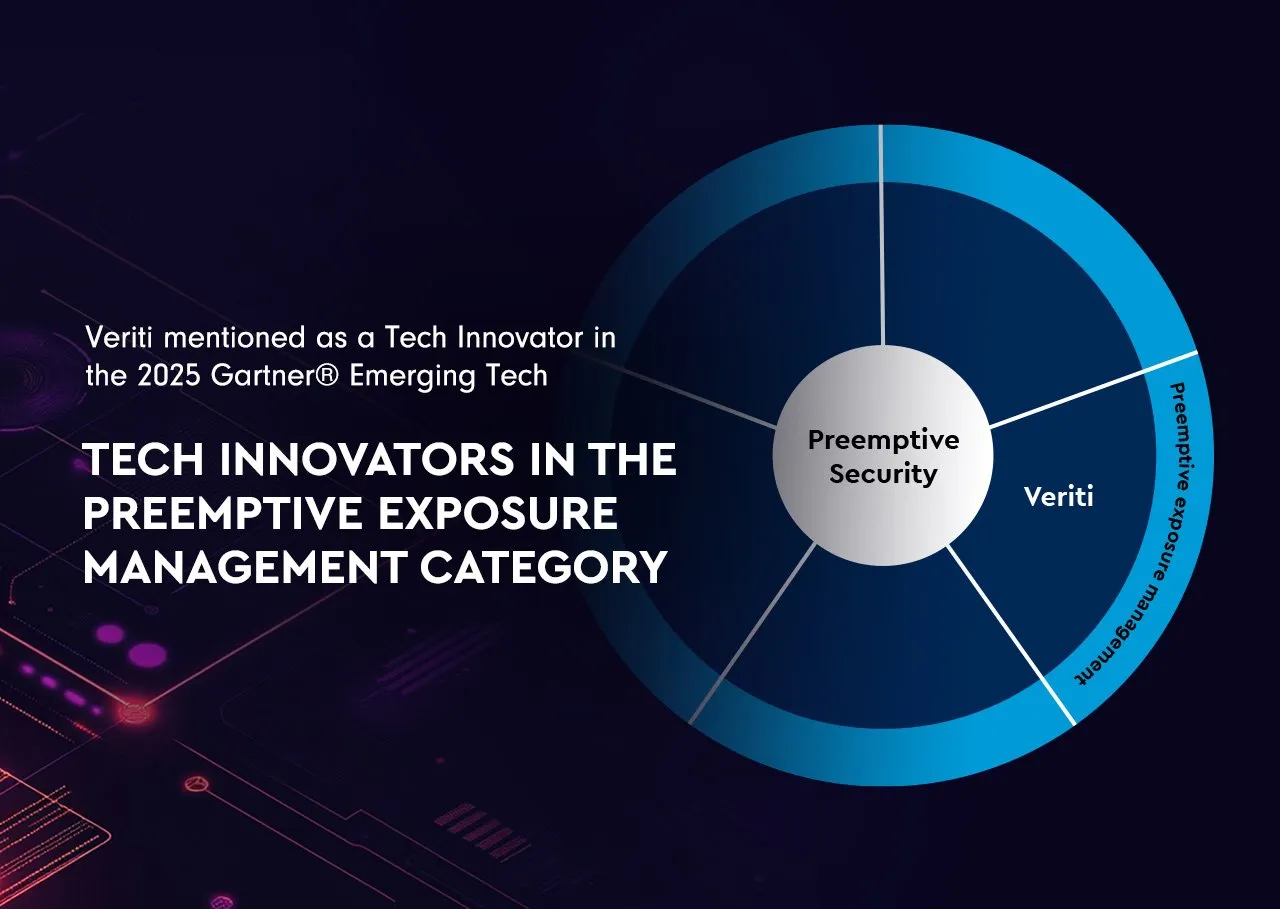Definition: Kubernetes security involves protecting the Kubernetes environment, which includes the containers it orchestrates, the underlying infrastructure, and all associated applications and data. This comprehensive approach aims to secure both the containerized applications and the Kubernetes cluster itself from unauthorized access and attacks.
Key Aspects of Kubernetes Security:
- Cluster Configuration and Management: Ensuring that the Kubernetes cluster is configured securely, including setting up role-based access controls (RBAC), network policies, and proper authentication and authorization mechanisms.
- Pod Security Policies: Implementing policies that define a set of conditions that a pod must run with in order to be accepted into the system, thus ensuring that pods operate under the principle of least privilege.
- Network Segmentation and Policies: Configuring network policies to control the traffic flow between pods and external services to minimize the risk of internal and external threats.
- Secrets Management: Securely managing secrets like passwords, tokens, and keys, ensuring they are encrypted in storage and controlled via policies.
- Logging and Monitoring: Implementing comprehensive logging and monitoring to detect and respond to security incidents within the Kubernetes environment.
Benefits of Kubernetes Security:
- Enhanced Protection: Provides security measures to protect against unauthorized access and cyber threats in containerized environments.
- Compliance Assurance: Helps ensure compliance with industry regulations through stringent security controls and data protection measures.
- Operational Resilience: Increases the resilience of the Kubernetes environment by preventing, detecting, and responding to potential security vulnerabilities.
- Scalability and Flexibility: Supports the secure scaling of applications and services managed within the Kubernetes ecosystem.
Common Challenges in Kubernetes Security:
- Complex Configuration: Managing complex configurations that may lead to security gaps if not properly implemented.
- Rapid Pace of Development: Keeping up with the fast pace of development and frequent updates in Kubernetes and container technology.
- Integration with Existing Security Practices: Integrating Kubernetes security with existing organizational security practices and infrastructure.
Best Practices for Kubernetes Security:
- Regular Security Audits: Conduct regular audits of the Kubernetes configurations and environment to identify and remediate potential security issues.
- Use Namespaces for Isolation: Utilize Kubernetes namespaces to isolate resources between different teams or projects, reducing the risk of unauthorized access.
- Implement Strong Authentication and Authorization: Use strong authentication mechanisms and configure RBAC to control access to Kubernetes resources.
- Encrypt Data at Rest and in Transit: Ensure that all data is encrypted when stored and protected during transmission to and from the cluster.
Kubernetes security is crucial for organizations using Kubernetes to orchestrate containerized applications. By implementing comprehensive security measures, organizations can protect their Kubernetes environments against threats, ensure compliance with regulations, and maintain the integrity and availability of their applications. As Kubernetes continues to evolve, staying updated on best practices and emerging security trends is essential for maintaining a secure deployment.




